Shift Towards Digital Transformation
The SEA Robotic Process Automation Market is witnessing a significant shift towards digital transformation as organizations seek to modernize their operations. The push for digitalization is driven by the need to enhance customer experiences and improve service delivery. RPA serves as a foundational technology in this transformation, enabling businesses to automate workflows and integrate disparate systems. As companies embark on their digital journeys, the adoption of RPA is likely to accelerate, with projections indicating that the market could grow at a compound annual growth rate of over 20% in the coming years. This shift underscores the critical role of RPA in facilitating digital transformation within the SEA Robotic Process Automation Market.
Rising Demand for Operational Efficiency
The SEA Robotic Process Automation Market is experiencing a notable surge in demand for operational efficiency across various sectors. Organizations are increasingly recognizing the potential of RPA to streamline processes, reduce errors, and enhance productivity. According to recent estimates, companies implementing RPA can achieve up to a 30% reduction in operational costs. This drive towards efficiency is particularly evident in industries such as finance and healthcare, where automation can significantly expedite routine tasks. As businesses strive to remain competitive, the adoption of RPA solutions is likely to continue growing, indicating a robust trajectory for the SEA Robotic Process Automation Market.
Technological Advancements in Automation
Technological advancements play a pivotal role in shaping the SEA Robotic Process Automation Market. Innovations in artificial intelligence and machine learning are enhancing the capabilities of RPA tools, allowing for more complex and intelligent automation solutions. These advancements enable organizations to automate not just repetitive tasks but also decision-making processes, thereby expanding the scope of RPA applications. The integration of AI with RPA is projected to drive market growth, with estimates suggesting that the market could reach a valuation of USD 1 billion by 2026. This evolution in technology is likely to attract more businesses to invest in RPA, further propelling the SEA Robotic Process Automation Market.
Growing Investment in Automation Solutions
Investment in automation solutions is a key driver for the SEA Robotic Process Automation Market. Organizations are increasingly allocating budgets towards RPA technologies to enhance operational efficiency and drive innovation. This trend is supported by the recognition that automation can lead to substantial cost savings and improved service delivery. Recent data suggests that the market for RPA solutions is expected to witness a compound annual growth rate of approximately 25% over the next five years. As businesses continue to prioritize automation as a strategic initiative, the influx of investment is likely to bolster the growth of the SEA Robotic Process Automation Market.
Increased Focus on Compliance and Risk Management
In the SEA Robotic Process Automation Market, there is an increasing emphasis on compliance and risk management. Organizations are under constant pressure to adhere to regulatory requirements, and RPA offers a solution to ensure compliance through automated reporting and monitoring. By minimizing human intervention, RPA reduces the risk of errors and enhances data accuracy, which is crucial for regulatory compliance. As businesses face stringent regulations, the demand for RPA solutions that can assist in compliance efforts is expected to rise. This trend indicates a growing recognition of RPA as a vital tool for risk management within the SEA Robotic Process Automation Market.

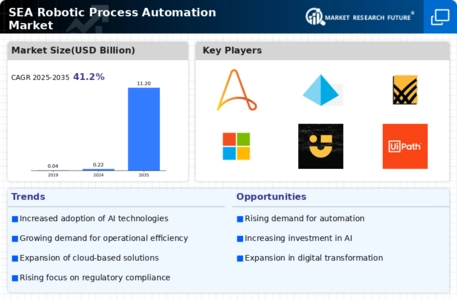
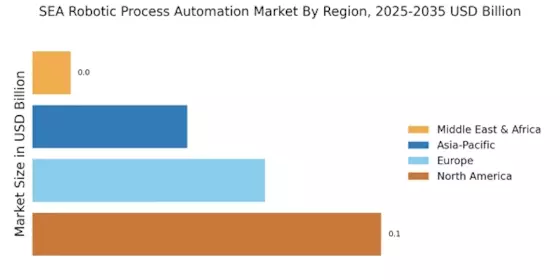


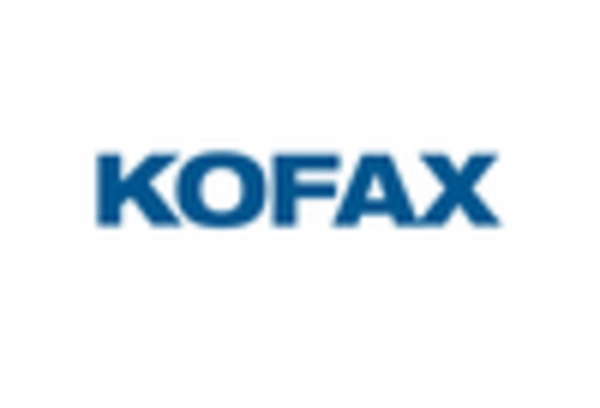

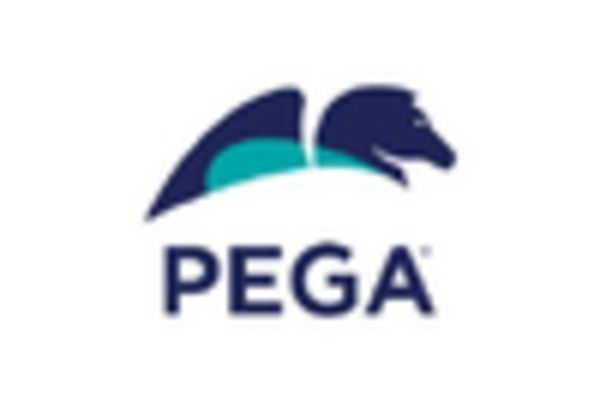
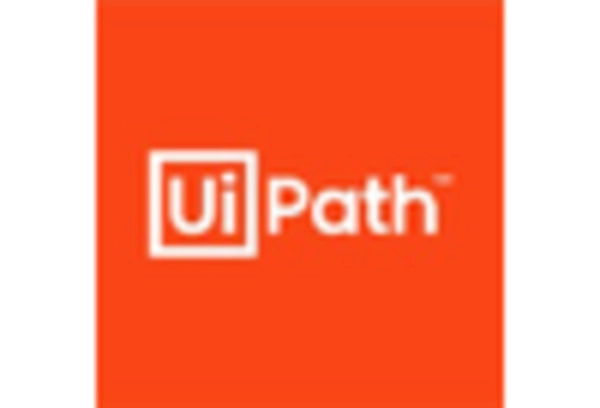








Leave a Comment